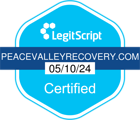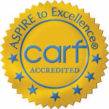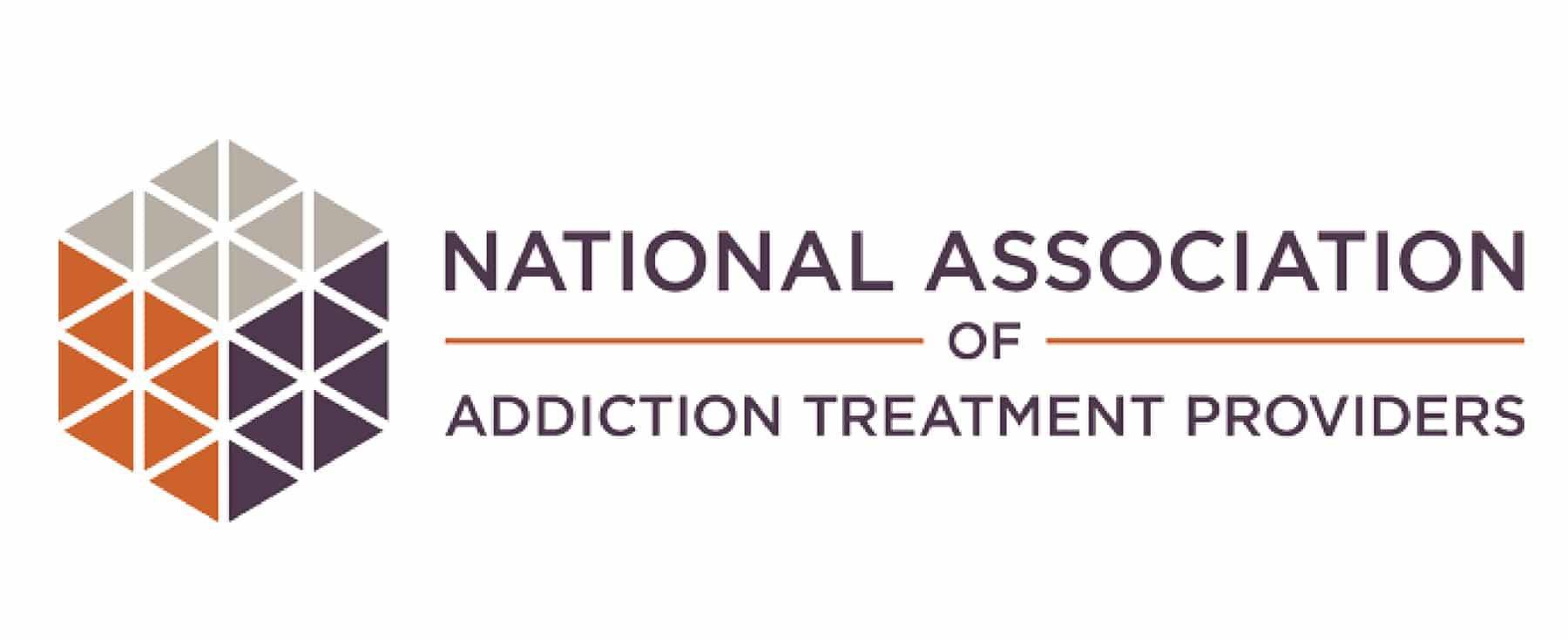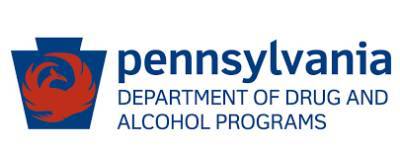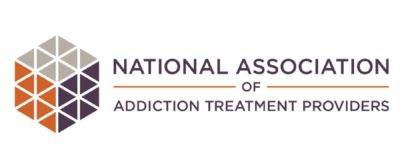Statistics from the National Institute on Drug Abuse indicate that half of those who go to rehab need dual diagnosis treatment. Co-occurring disorders are very common among people with drug and alcohol abuse problems. Treating one without the other is likely to result in a relapse.
According to SAMHSA, close to 8 million people in the United States have addictions and co-occurring mental health disorders. That statistic is eye-opening, and a clear indication that people need to be aware of the type of help that is available for them.
What is Dual Diagnosis Treatment?
Dual diagnosis treatment involves addressing both a substance abuse problem and a mental health condition at the same time. People usually do not realize how closely these issues are often linked to one another. But many people will abuse substances because of their mental health symptoms. This is called self-medication, which we will discuss further in just a moment.
In dual diagnosis treatment, the mental health condition is typically identified as being the main cause of the person’s addiction. Once a person has been diagnosed, proper treatment can be recommended and started to help alleviate their symptoms. This might include various forms of therapy as well as the addition of medications.
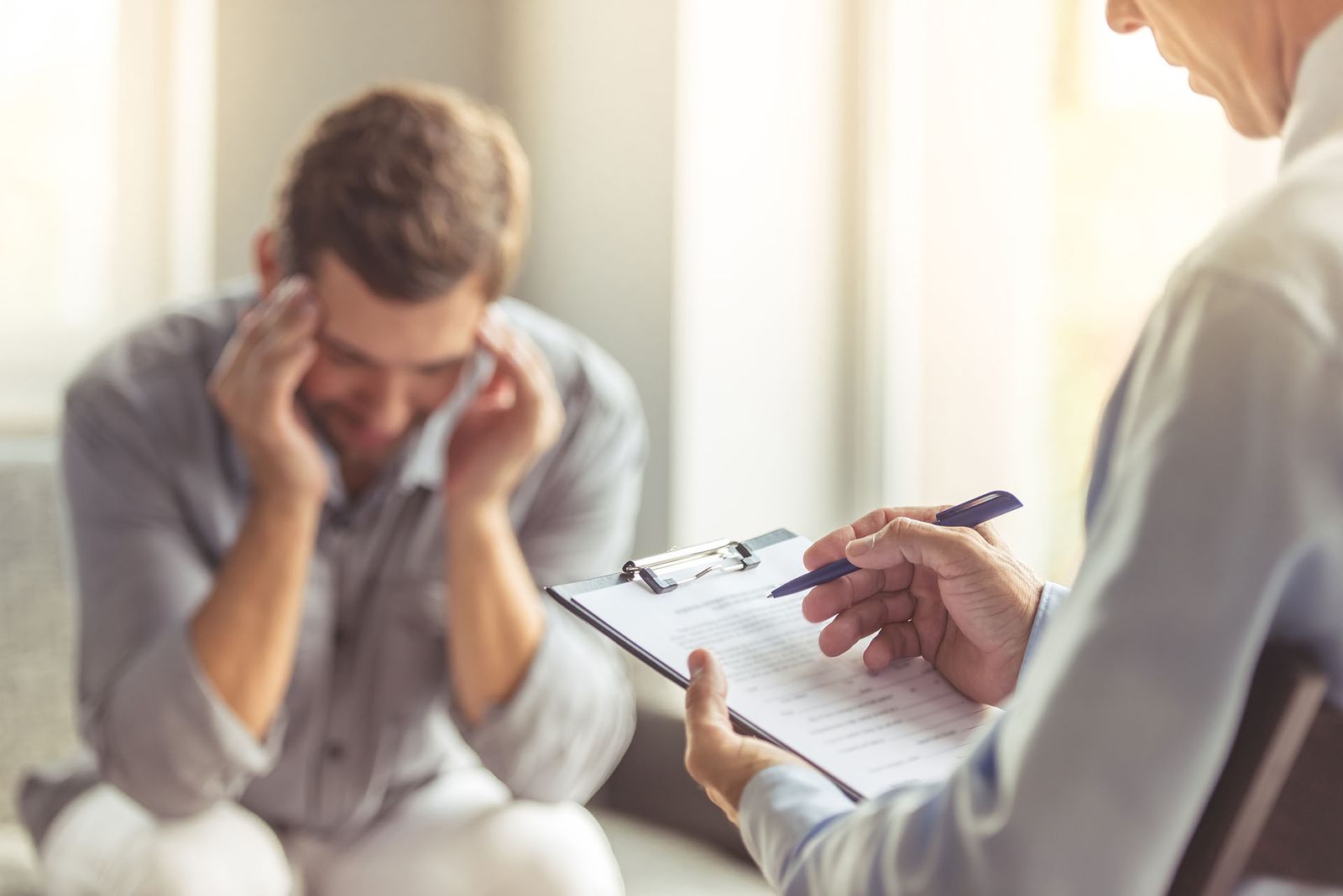
Types of Common Co-Occurring Disorders
Most of the time, the co-occurring disorder exists prior to the drug or alcohol addiction problem. Although there are some drugs that can lead to mental health issues as well. Either way, addressing them is critical for long-term recovery to be successful.
There are several mental health conditions that people will often self-medicate with drugs and/or alcohol.
Anxiety Disorders
Most people have experienced some type of anxiety in their lives. But having an anxiety disorder is much different. Those nervous feelings do not go away, and over time, they can end up becoming a lot worse. This is especially true for people who do not get the treatment they need.
There are several types of anxiety disorders, and some of them include:
The symptoms of an anxiety disorder may include:
- Feelings of restlessness or being on edge.
- Getting tired easily.
- Problems with concentration and brain fog.
- Increased irritability.
- Muscle tension.
- Problems sleeping or staying asleep.
- Heart palpations.
- Excessive sweating.
- Shaking or trembling.
- Repetitive behaviors.
- Having an irrational fear.
Anxiety disorders are often treated with cognitive behavioral therapy and medications.
Depression
Depression is a mood disorder that has grown extremely common in the United States. Its symptoms can become severe, and they can impact a person’s thoughts, feelings, and even daily activities. To be diagnosed with depression, a person needs to be experiencing symptoms for at least two weeks.
There are a few different types of depression, and they are:
- Persistent Depressive Disorder
- Postpartum Depression
- Psychotic Depression
- Seasonal Affective Disorder
- Bipolar Disorder
The signs of depression can include the following:
- A persistent sad mood.
- Feeling hopeless or worthless.
- Bouts of irritability.
- Feeling helpless and guilty.
- Less energy and more tiredness than normal.
- Problems with concentration.
- Problems making decisions.
- Difficulty sleeping at night.
- Thoughts of suicide or self-harm.
- Physical aches and pains that do not have a clear cause.
Depression is typically treated with a combination of therapeutic medications and psychotherapy. Sometimes brain stimulation therapy may be used and cognitive-behavioral therapy and interpersonal therapy.
Attention Deficit Hyperactivity Disorder
Attention deficit hyperactivity disorder, or ADHD, is characterized by an ongoing hyperactive, impulsive behaviors and inattention pattern. Most people equate this condition to children, but there are many adults who struggle with it as well.
Some of the symptoms of ADHD can include:
- Frequently overlooking details in school or at work.
- Struggling to pay attention.
- Appearing to not listen when spoken to.
- Having problems adhering to and following instructions.
- Issues with organization.
- Avoiding tasks that require a lot of mental energy and effort.
- Constantly losing things.
- Getting distracted easily.
- Being forgetful.
- Having a difficult time sitting still.
- Excessive talking.
- Interrupting others when they are talking or during activities.
Most people who have ADHD – whether they are adults or children – need medication to help manage their symptoms. Stimulants are drugs that can be used to treat ADHD. Also, behavioral therapies are often recommended to help people change their mindsets.
PTSD
Post-traumatic stress disorder, or PTSD, is a mental health condition that can develop after being exposed to a shocking, dangerous or scary situation. Most people would feel some degree of fear after a traumatic event takes place. But people who develop PTSD will continue to experience serious problems for a long time afterward.
PTSD causes people to experience intense fear even when there’s nothing to be afraid of. They may encounter various people, places, and situations that remind them of their trauma and be instantly transported back there in their minds.
In order to be diagnosed with PTSD, people need to have all of the following types of symptoms for at least a month:
- At least one re-experiencing symptom.
- At least one avoidance symptom.
- At least two arousal and reactivity symptoms.
- At least two cognition and mood symptoms.
Re-experiencing symptoms are:
- Scary thoughts
- Bad dreams
- Flashbacks
Avoidance symptoms are:
- Avoiding any thoughts or feelings related to the trauma.
- Refusing to go near anything that reminds them of the trauma.
Arousal and reactivity symptoms are:
- A feeling of being on edge
- Being startled easily
- Problems sleeping
- Angry outbursts
Cognition and mood symptoms are:
- Having negative thoughts about oneself and the world
- Feelings of guilt or blame
- Losing interest in activities
- Problems remembering details about the trauma
Typically, a combination of medications and psychotherapy are used to treat PTSD. Exposure therapy and cognitive restructuring have both been used with success. EMDR is a type of trauma therapy that many people find to be effective.

What is Self-Medication?
Self-medication occurs when a person uses a drug or alcohol in order to get relief from another condition. In this case, it refers to using these substances to calm the symptoms of a mental health issue.
People will often use a drug that produces effects that will counteract their symptoms. For example, a person who has anxiety may smoke marijuana to help themselves feel calmer. Likewise, a person who is depressed might abuse a drug like cocaine, meth or prescription stimulants in order to feel better.
Regardless, self-medication is dangerous. It can work for a short time, but before long, the person is addicted to at least one drug. There is also the risk of overdosing if too much is used at one time, or if other drugs are added to enhance the effects.
Different Dual Diagnosis
Learn More About Dual Diagnosis Treatment for Co-Occurring Disorders
At Peace Valley Recovery, we understand the importance of finding an addiction rehab program that offers dual diagnosis treatment. We are located in Pennsylvania, and many of our clients have co-occurring disorders. We offer dual diagnosis treatment to address their needs on a personal level.
Do you have questions about dual diagnosis treatment or co-occurring disorders? Please contact us today.


